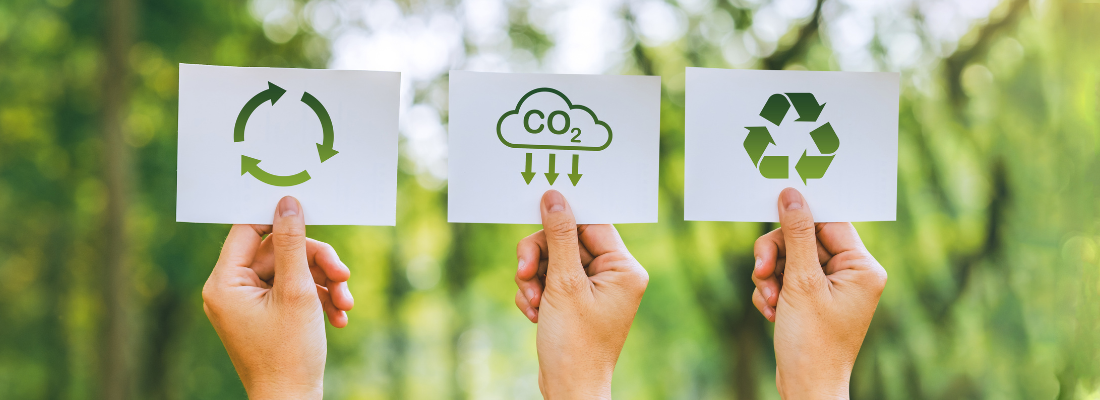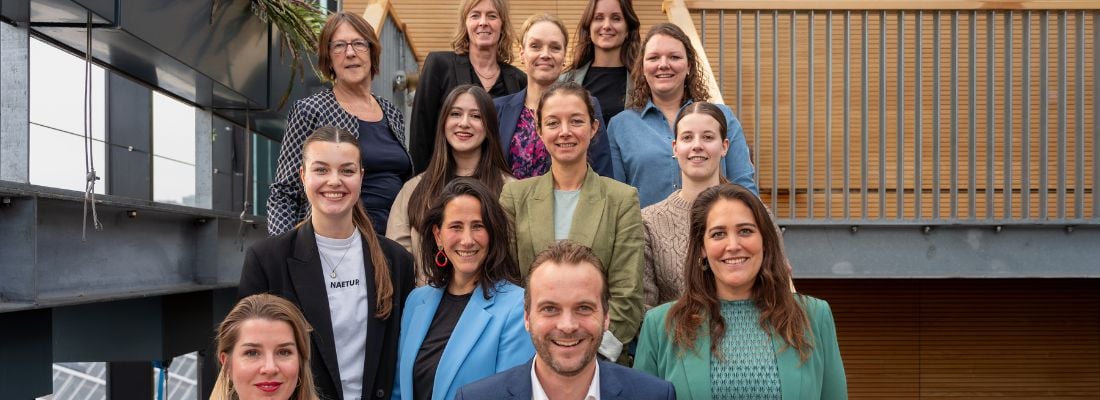How to maximise your event ROI
‘What’s in it for me?’ is a question we often ask ourselves when it comes to taking part in an exhibition. And it’s a fair question, one which can be clearly answered with a little effort. Here’s how you can work out what an event will deliver while increasing returns in the process…
From brand familiarity to sales
Return on investment is actually a simple calculation: subtract the investment from the result and you have your ROI. It’s often easy to quantify the investment but how can you determine the value of the results?
It all starts with setting clear objectives, of which there are usually four for an exhibition participation:
- Building brand awareness
- Networking
- Generating leads
- Selling
- PR and market research
Generally, one of these objectives is leading. There are also additional options for which an event can be highly suitable such as PR and market research.
To determine the ROI of event participation we first must find out what you hope to achieve. Armed with this information we can establish and measure KPIs and gain insight into the related costs and outcomes.
1. Brand awareness
Brand awareness is generally an important reason for young companies and start-ups to participate in an exhibition. It quickly raises their visibility among a targeted audience and the often-present press. For more established companies, the event is often primarily used not to promote the brand itself but rather to host a new introduction which requires a boost in visibility. Events are also very suitable for introducing a specific product or launching a new brand. This enables the public (and the press) to easily see, feel, smell and try out something new.
The KPI in this case is increased brand or product awareness. This can be measured by taking samples before and after the event. Properly timing the samples and other campaign elements allows the effect of the event to be isolated from any other campaign effects. You could also ask the event organiser whether they have any research ongoing and if so whether you can take part.
2. Networking
Networking can be defined as meeting new and maintaining existing contacts. A B2B exhibitor I recently spoke to saw the benefits very clearly, saying: “It’s more expensive to travel all over the country visiting my top 20 business relations than to talk to them all over two days at this event. Plus, here I can easily show them what it is that we’re actually doing.” Exhibitions do provide a pleasant backdrop. You also attract visitors who give their full attention to the topic at hand and are in the mood to consider new things rather than being distracted by the hectic pace of everyday operations in their company.
So how can the value of networking be measured? For starters, by counting the number of interesting parties with whom contact has been made, for example by scanning badges or properly documenting meetings in some other way, such as via a CRM system. Many companies have a classification in their CRM system that determines how much a contact is worth, as it were. This allows exhibition contacts to be assigned a rough value. Another option is to do what my conversation partner did: calculate what the costs would have been to travel around and speak to all these people face-to-face.
Again, remember to check whether the organiser already has a matchmaking system in place which easily allows relations to find each other and set up appointments where applicable. This applies to both current and new contacts.
3. Generating leads
Generating leads is a more targeted objective than networking because exhibitors establish new contacts that may become clients in the future. Sales rarely occur during the exhibition itself at many events. If major investments are involved it can even take years for a lead to become a client. This is why it is difficult to determine the market value of such contacts via a CRM system. You would have to follow a contact over several years to find the one moment at the event which started it all.
A much simpler way is to determine the average conversion rate and average client value, then multiply them by each other. For instance: an exhibitor has sales targets. An average product from the exhibitor costs €120,000, followed by around €30,000 in accessories and maintenance in the following years. It is then easy to calculate that the average client is worth €150,000. If the exhibitor speaks to 20 serious prospects at the exhibition and knows from experience that around 25% become clients, they will know that the exhibition offers an ROI of 5 x 150,000 = €750,000.
It is of course more difficult to make new contacts than meet existing ones. Here, too, organisers can achieve a lot with a good matchmaking system that matches visitor interests with exhibitor offers. You can also help exhibitors attract visitors to their stands, for instance by making it easy for them to pick up information or articles at stands, or to leave their details behind (the easiest way is having their visitor badge scanned). There are obviously many variations on this theme.
4. Sales
Brand recognition, networking and lead generation ultimately have one goal – to generate sales. Depending on the organisation and the type of event, some deals can be closed on the exhibition floor. This applies especially to international trade exhibitions. Nonetheless, the primary goal is usually to generate leads and then carefully follow up with a view to a sale in the longer term. Direct sales are usually not the goal at consumer events either, even though they do happen: think of trial packages from a chocolate brand at a low price. Consumers try the product and then often proceed to buy it in the shops.
Direct sales are easy to measure, but how can you chart indirect sales? Roughly speaking, there are two common methods. For B2B and larger private investments the client can be fully tracked in the CRM system or you can multiply the average client value by the average conversion ratio and average duration of the client relation.
For FMCG (Fast Moving Consumer Goods) companies, this mainly requires a solid analysis of retail sales focused especially on isolating the effect of the exhibition. This can be done by, for example, deploying the same advertising campaign before and after an exhibition and comparing the effect. Any additional sales after the exhibition can largely be attributed to the event. But do note that this demands a careful approach.
5. PR and market research
The added value of many events are the opportunities for press attention and market research. Lots of companies choose to do a press presentation or launch a new initiative or product during an exhibition. The trade and general press are often present anyway, leading to better results. You can translate press attention into media value: What would equivalent advertising space have cost the exhibitor?
Another excellent option is to carry out market research: the public is already there anyway, so what's easier than asking them a few questions? Exhibitions in particular are the perfect opportunity for partners and exhibitors to engage in targeted conversations with visitors, for example in a roundtable discussion or a UX lab. This is easier and a lot cheaper than bringing in a consumer panel yourself.
The added value of an event
By carefully considering your objectives and the related KPIs, and measuring them during and monitoring them after the exhibition, the ROI should become clear. This also immediately allows you to increase that ROI by considering alternative ways to boost revenue such as sponsored event components, communication campaigns, competitions, playful promotions, you name it. This enhances the overall event too: the more original elements it contains, the more interesting the exhibition is for visitors. This way, the entire community benefits.
Receive the best newsletter on cleaning & hygiene - straight to your inbox!
We promise never to send you spam and you can unsubscribe at any time!








